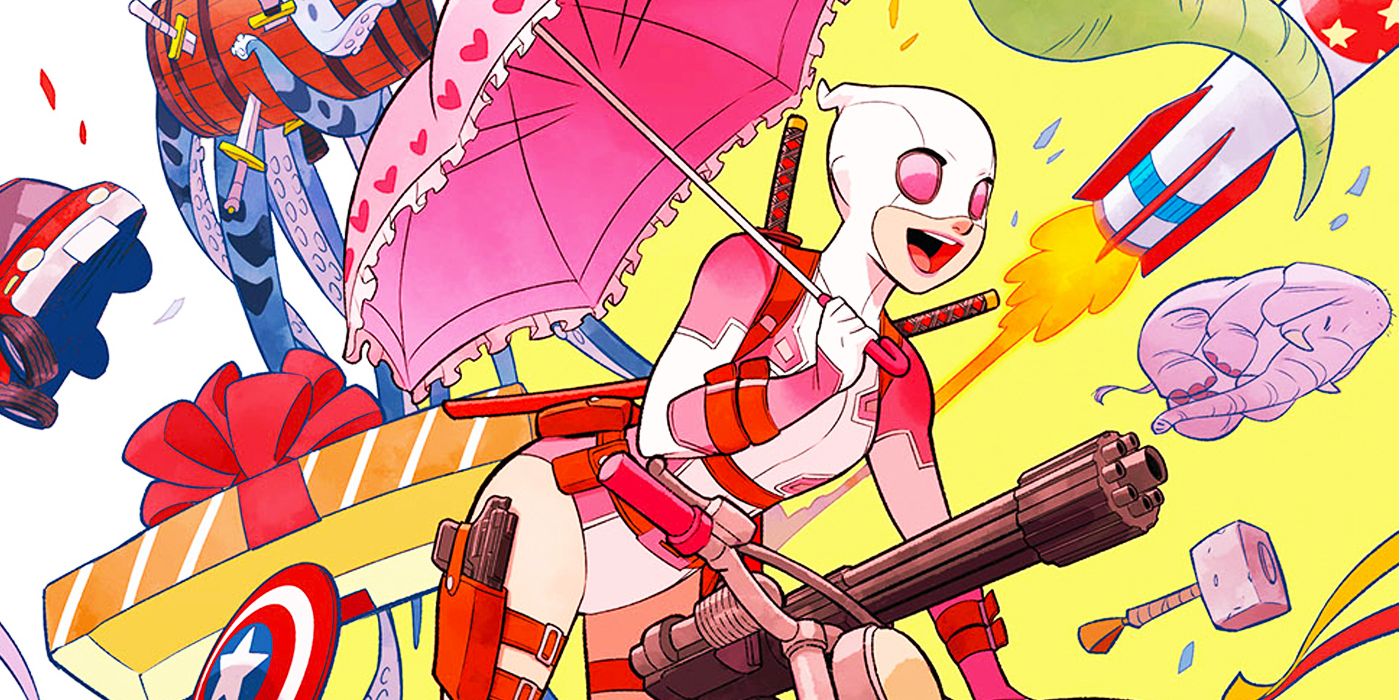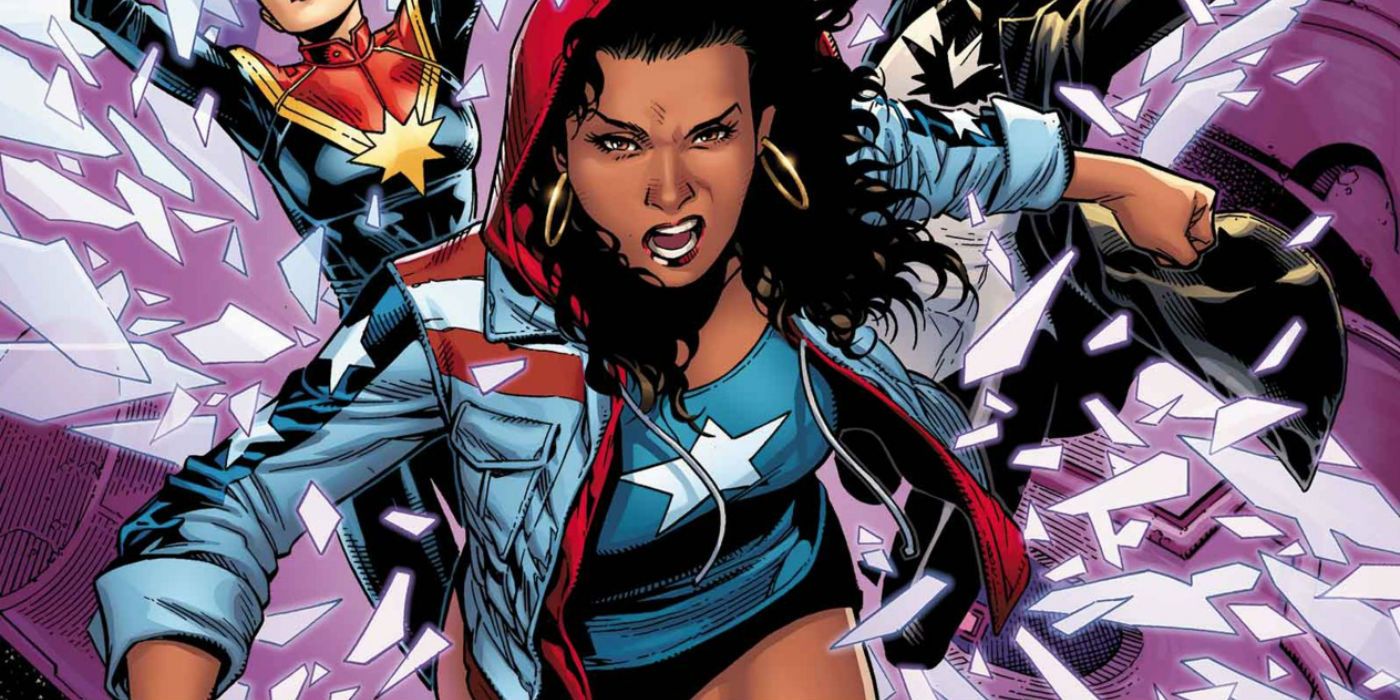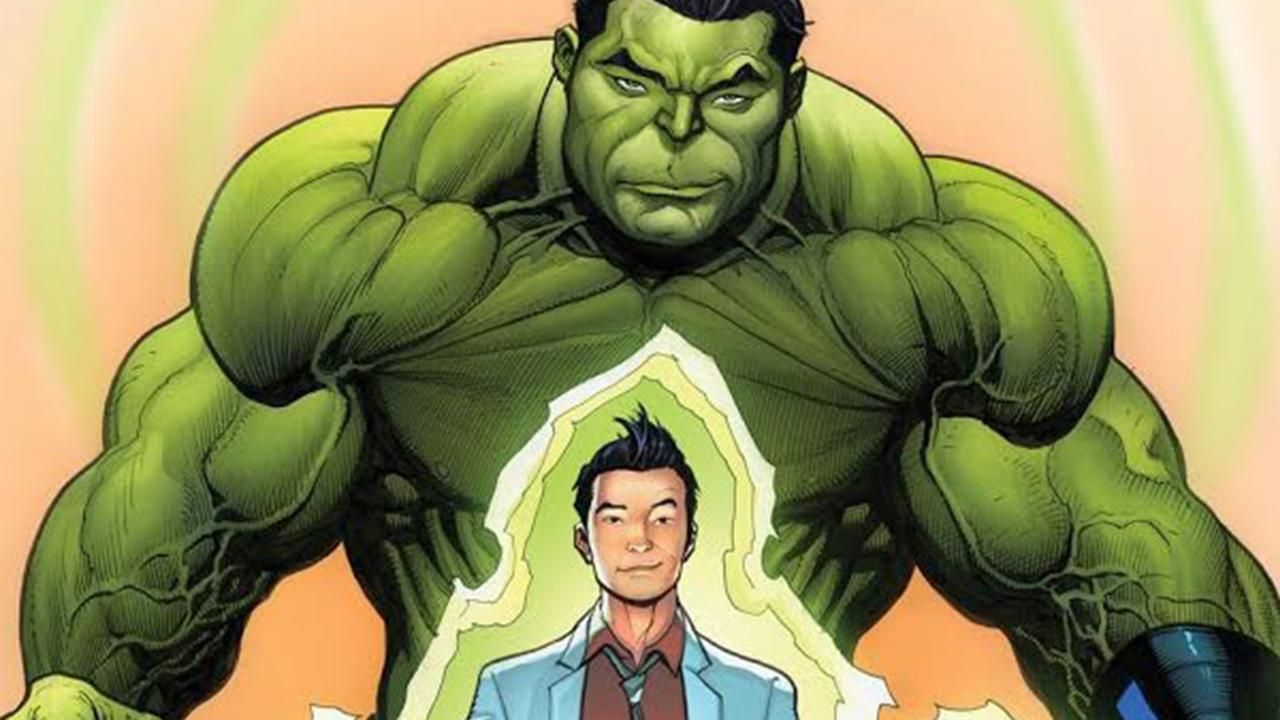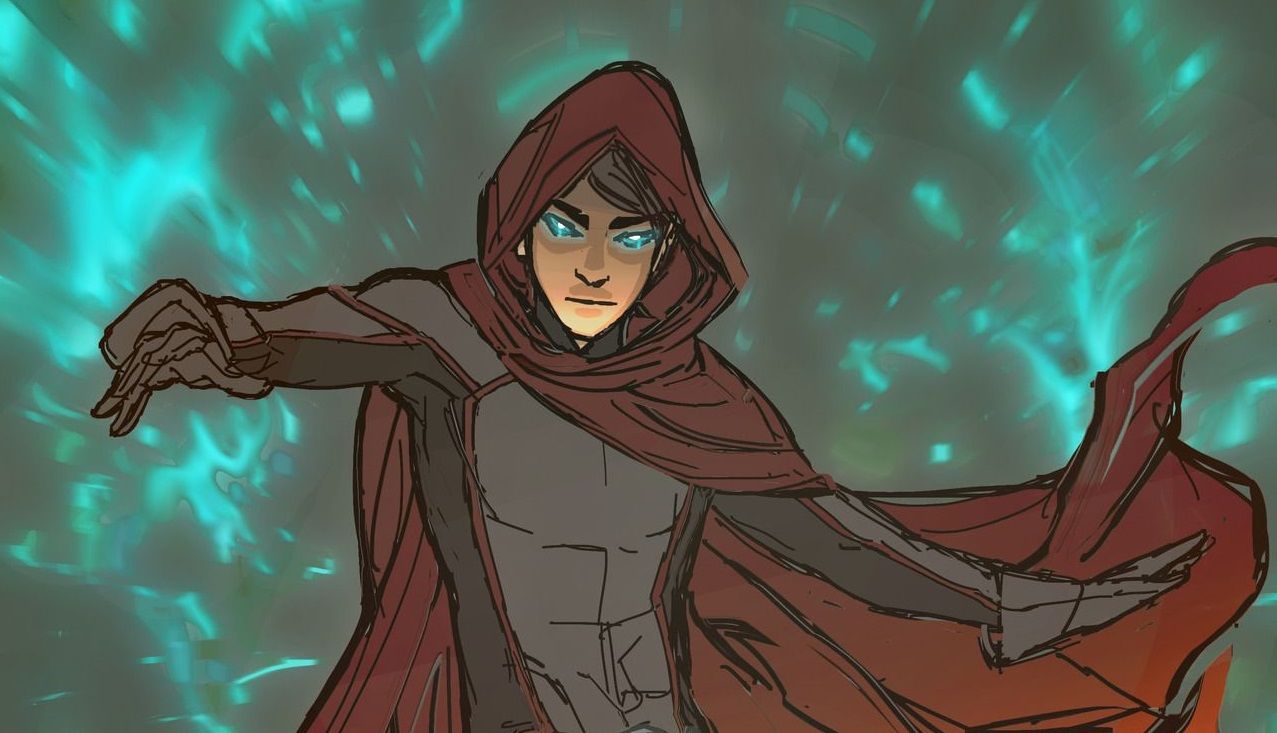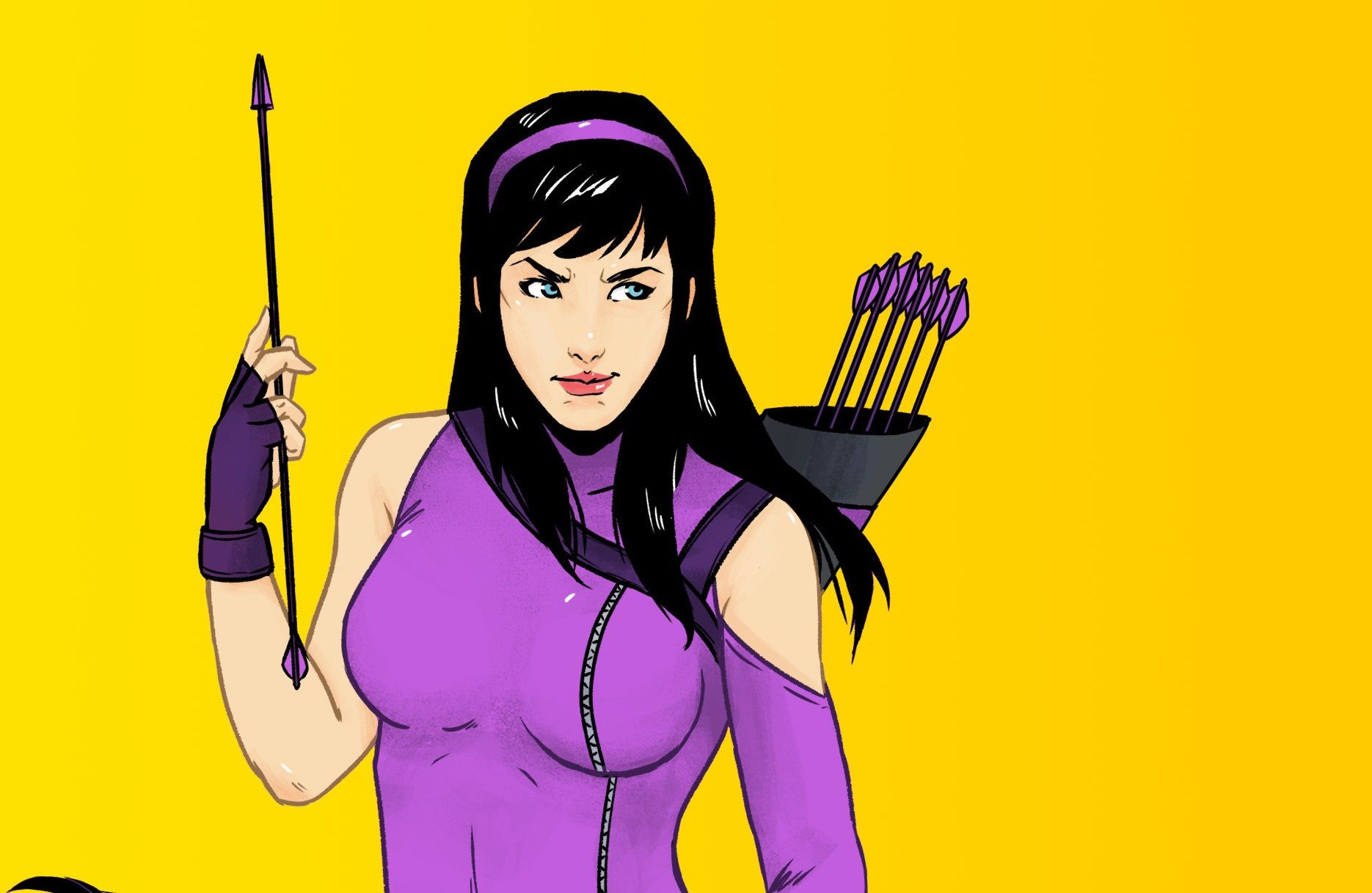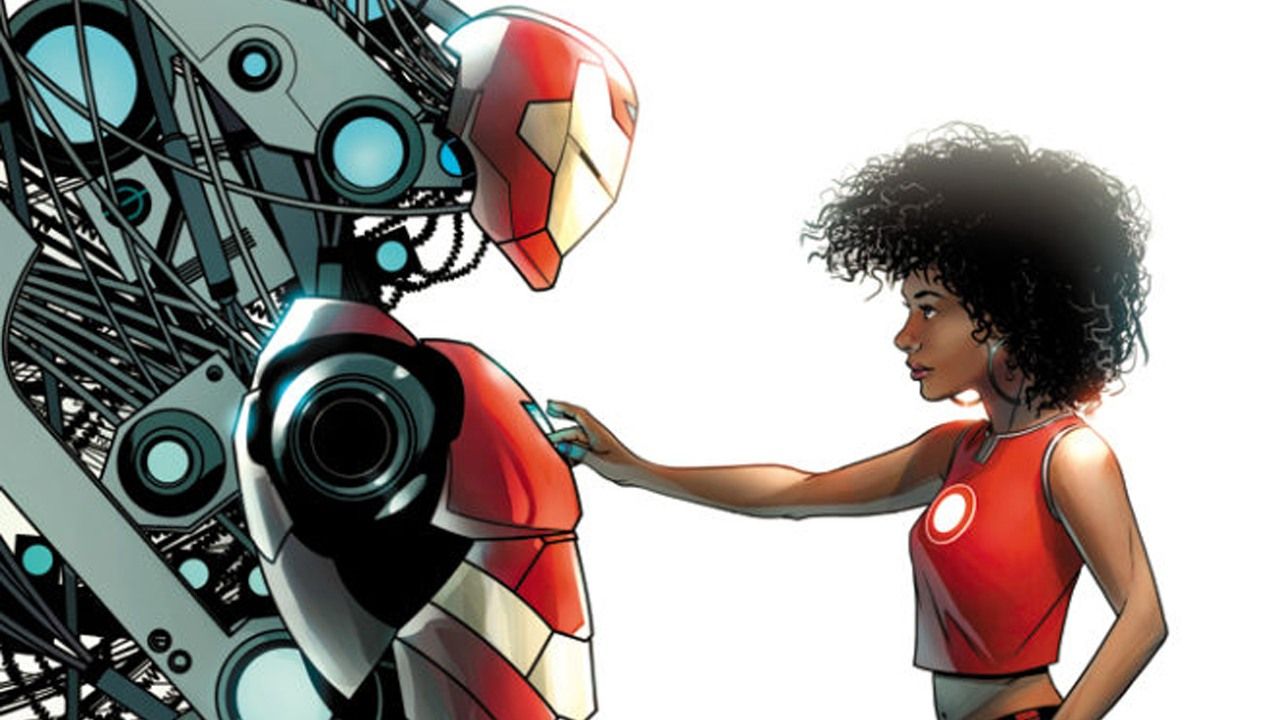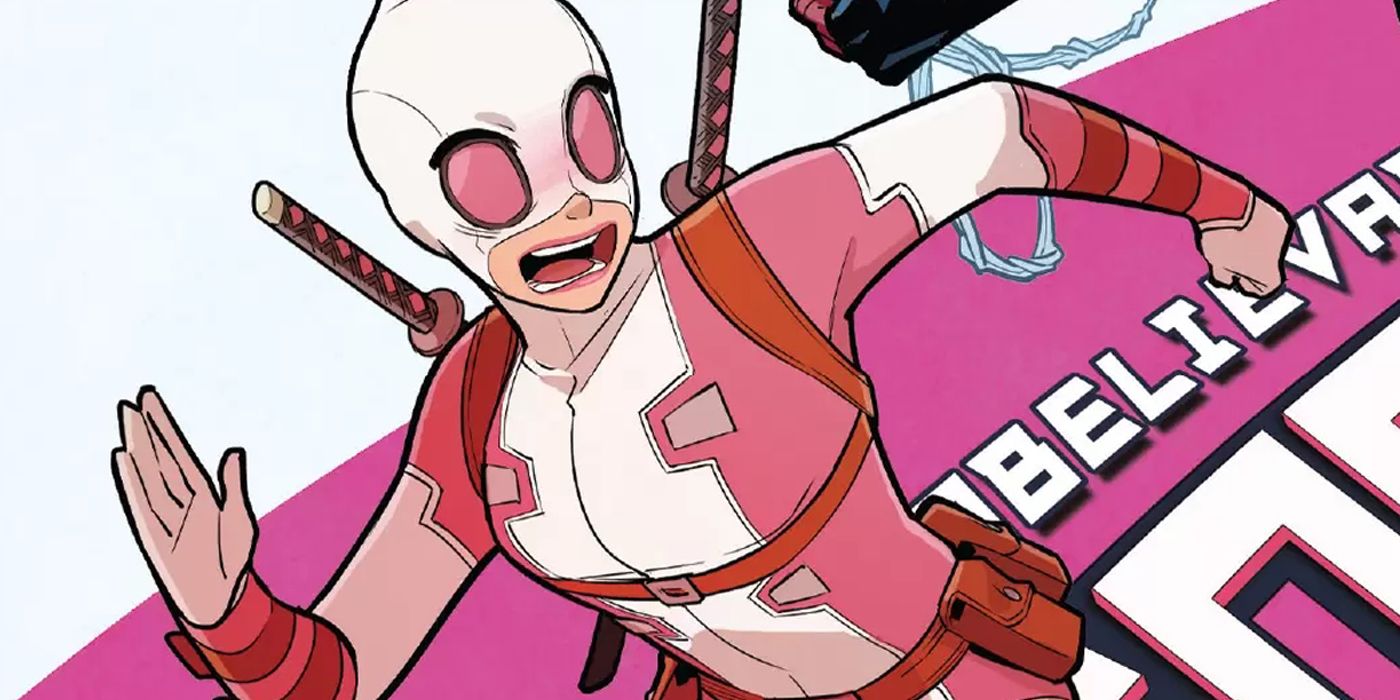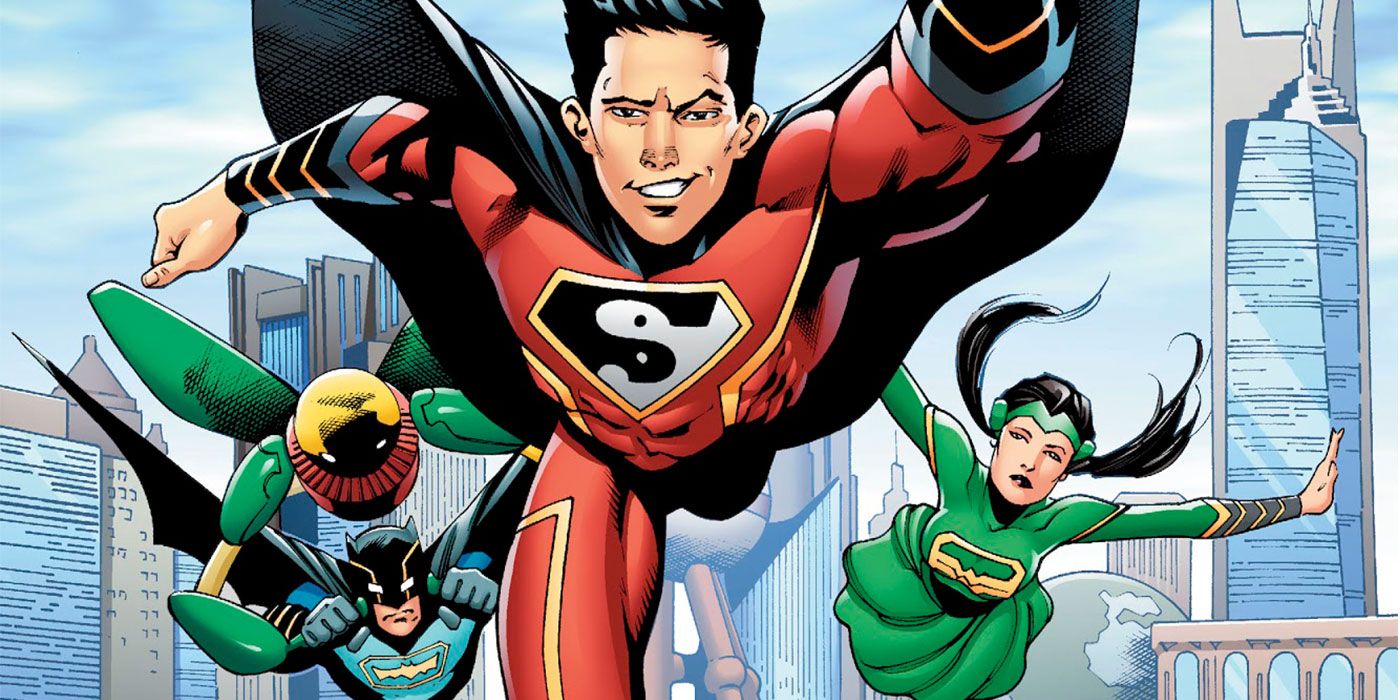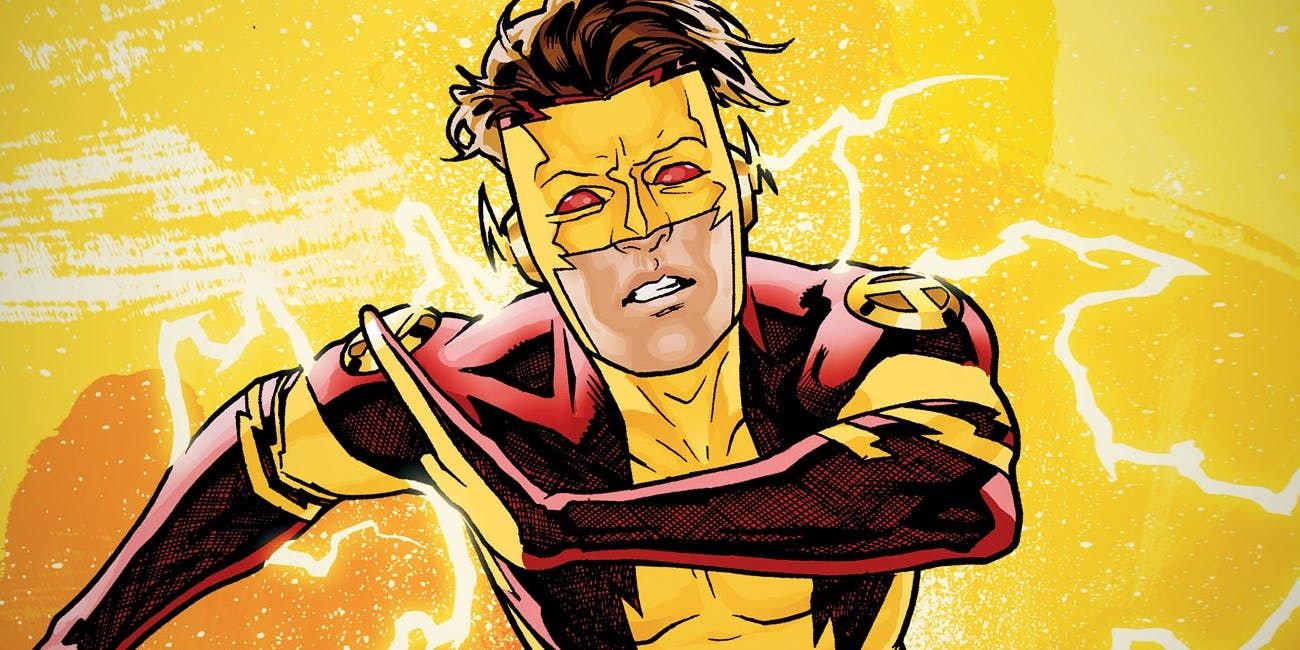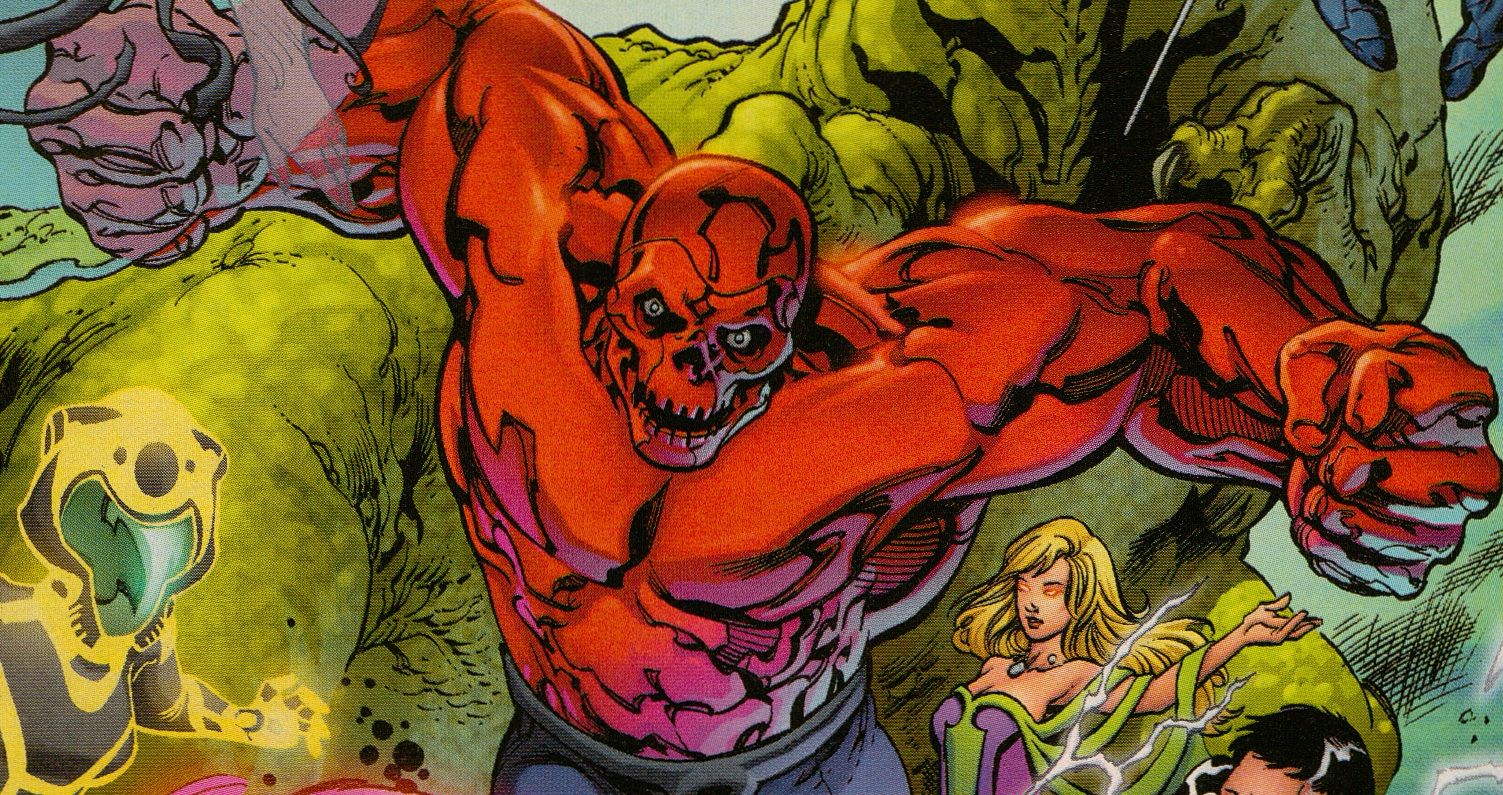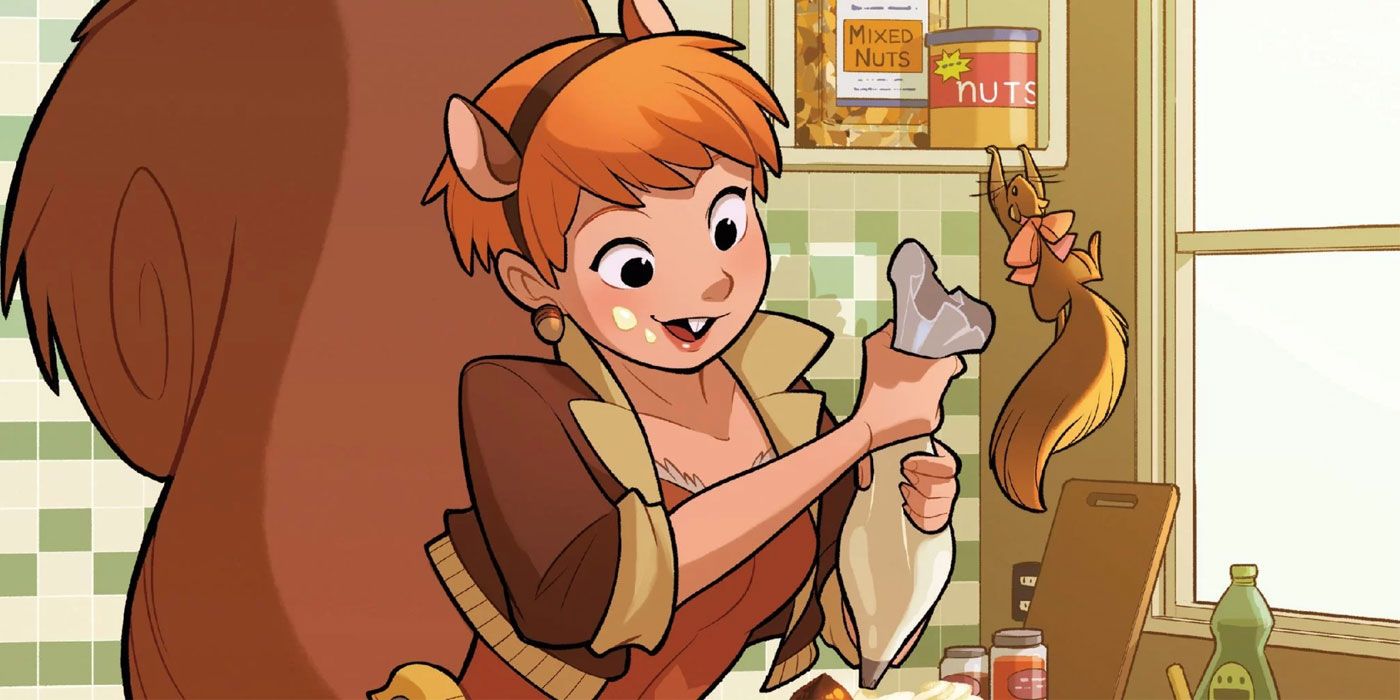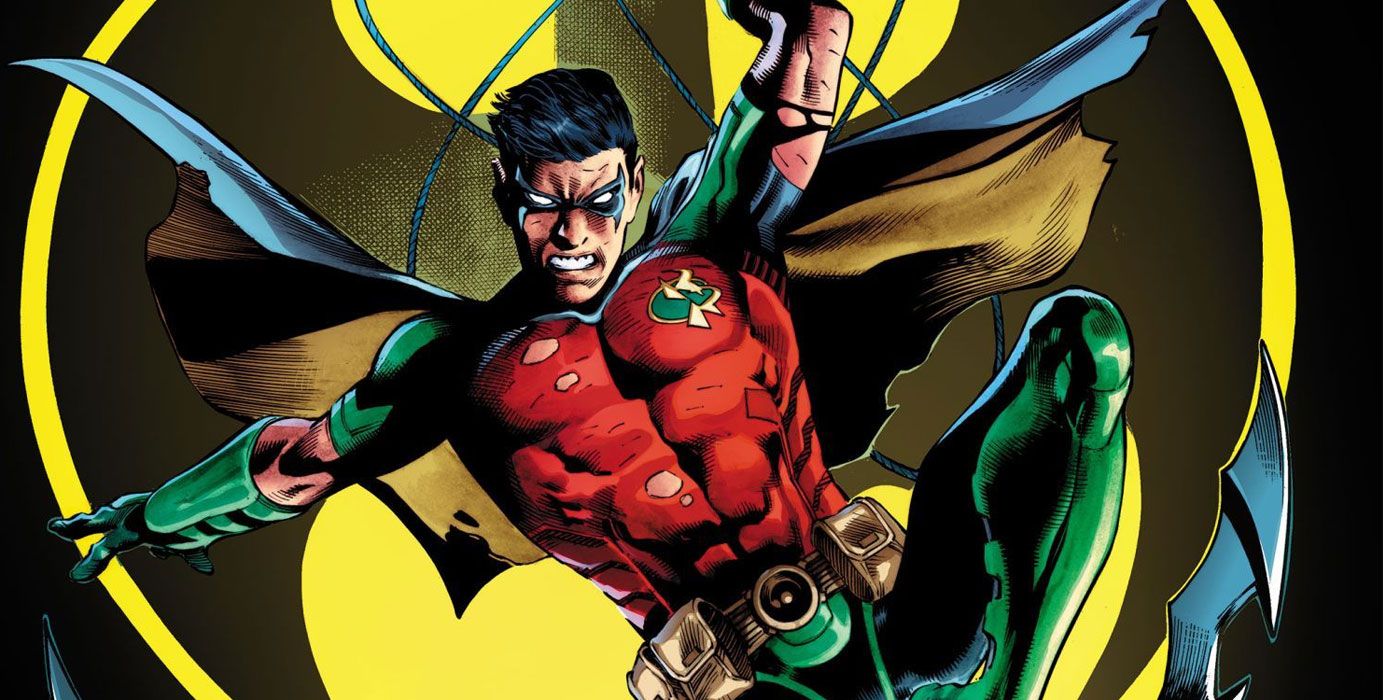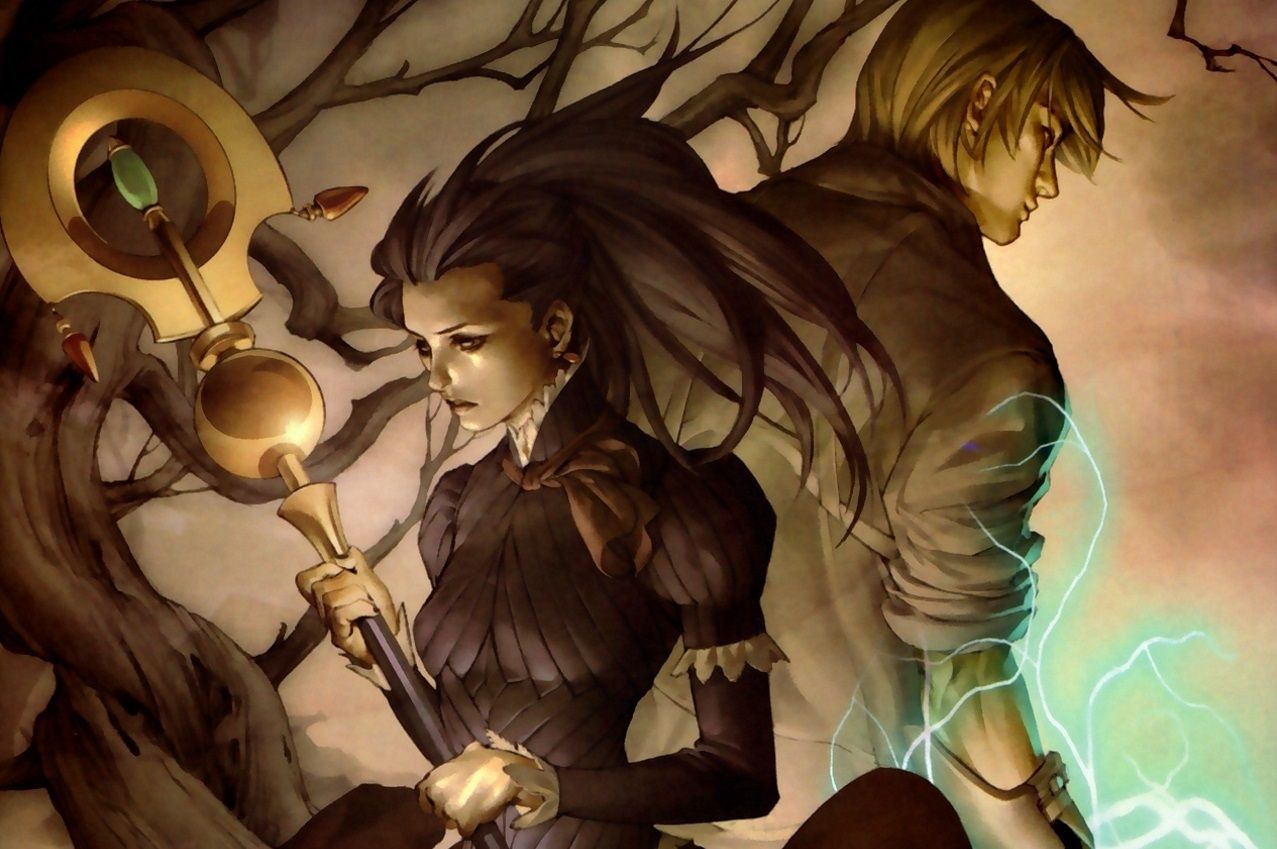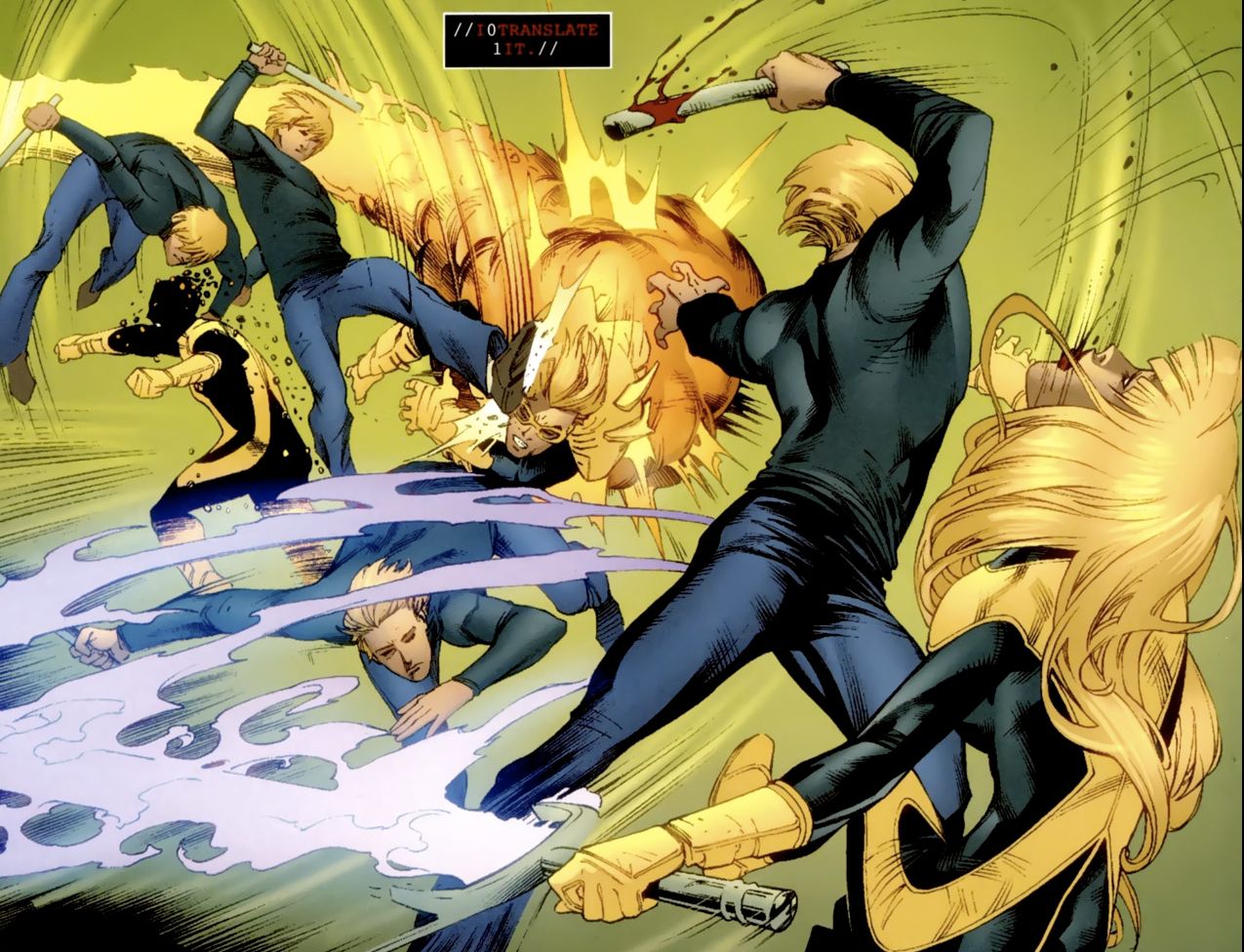Millennials. We're killing everything in the world and are responsible for everything bad. Fear the millennial Illuminati, because we might be coming for some other out-dated thing old people like any day now. Like Arby's or something, we don't know. This article is about superheroes, not economics. And just like millennials are taking over the real world and ruining everything, millennial superheroes are on the rise and, according to some, ruining comic books, too. But just what the heck IS a millennial, anyway? It doesn't really work as a catchall for "young person" since most millennials are now in their mid-20s and early 30s, and having children of their own, the feisty young up-and-comers in Generation Z. Then you throw in the oftentimes bizarre sliding timeline superhero comics often employ, and you've got heroes in their mid-20s, like Dick Grayson, who were introduced in 1940, also like Dick Grayson.
So we're just going to go with "vaguely young/college age superheroes who was introduced anywhere from the 1990s to today." We're very sure someone is going to disagree with some characters' inclusion on this list as millennials, but hey, that just means you can chalk up listicles as another thing millennials are ruining, right up alongside doorbells, napkins, and chain restaurants. And superhero comics, obviously. But some of these superheroes were actually great! Bringing new life to the genre, reinvigorating what made superheroes so popular in the first place, give us stories and filling niches that we'd long been missing. Millennials: we're not all that bad.
15 TANKED: AMERICA CHAVEZ
Miss America Chavez is basically the poster child for the recent wave of failed heroes banking on their diversity with little in the way of development, conflict, or growth. Although she wasn't much of a character when first introduced in 2011, she garnered a bit of popularity with Kieron Gillen's Young Avengers, an almost egregiously millennial book.
Marvel then attempted to springboard off her popularity in Young Avengers, and gave her her own solo series. It was basically a disaster from start to finish. Writer Gabby Rivera, on her first comic, struggled with the format, and the art was both rushed and inconsistent, with multiple fill-in artists per issue.
14 SAVED: AMADEUS CHO
Amadeus Cho is among the best of Marvel's recently introduced teen superheroes. Introduced in Amazing Fantasy #15 (not that one, the other one), Cho was first introduced as a friend and ally of the Hulk. After World War Hulk, he joined Hercules as his sidekick in the phenomenal Incredible Hercules.
Incredible Hercules catapulted Cho into relative fame and popularity. Here was a popular hero who found his own identity, and co-starred in a great book with a decent lifespan, to boot. After Incredible Hercules ended, Cho floated around as a background character, until officially taking over for the Hulk in Totally Awesome Hulk, a title he has since relinquished.
13 TANKED: WICCAN
Back in 2005, Allan Heinberg and Jim Cheung created a team of young approximate knockoffs of the Avengers. Appropriately, they were called the Young Avengers. One of the more popular characters to come out of the Young Avengers was Billy Kaplan, first going by Asgardian, then Wiccan, and now Demiurge... maybe.
But the fact of the matter is, Billy Kaplan is just an endless black hole of drama. When he's not ruining his relationship with fellow Young Avenger Hulkling, he's crying about how he's ruining his relationship with Hulking. He often takes away from interesting stories that could be told about Hulkling (like how he's KING OF SPACE) for more relationship drama.
12 SAVED: KATE BISHOP
Right alongside Wiccan and Hulkling in Young Avengers was Kate Bishop, going by Hawkeye. Kate gained a bit of popularity, and floated around in the pool of young superheroes, until Matt Fraction and David Aja's Hawkeye. While the series primarily focused on the first Hawkeye, Clint Barton, it also had Kate in a major supporting role.
Kate's newfound popularity from Hawkeye sent her on to appear in several other popular series, including her own solo series, also called Hawkeye, by Kelly Thompson and Leonardo Romero. Name confusion aside, Kate Bishop has managed to build a pretty decent sized following from relatively humble beginnings.
11 TANKED: IRONHEART
Iron Man has been through a lot in the past 20 years or so. First, he was made into essentially a villain with Civil War, and that lasted a while. Then he found out his parents weren't really his parents. Then he went to space, and that didn't really work out.
Then, in Civil War 2, he fell into a coma and was replaced by Riri Williams. Riri struggled to find her own identity, and although she took over the main Invincible Iron Man title under Brian Michael Bendis, sales fell pretty hard and she failed to find an audience or a niche to fill.
10 SAVED: GWENPOOL
This is by far going to be the most controversial entry. Gwenpool originated as a variant cover joke about Spider-Gwen, a version of Spider-Man who was actually Gwen Stacy. The cover attracted a lot of talk, so much talk that Marvel felt justified in giving Gwenpool her own solo series, by Chris Hastings and Gurihiru.
Gwenpool took a hard swerve from the typical millennial superhero comic of the 2010s, portraying a mildly insane, troubled twenty-something barely holding things together. The series garnered a decent following, but could not maintain sales for long. Despite this, the series was a breath of fresh air in a rather crowded lineup of millennial superhero comics.
9 TANKED: TERRA
Terra of the Teen Titans is partly responsible for possibly the most famous Titans story out there. The Judas Contract told the story of Terra's infiltration into and eventual betrayal of the Titans. While Terra's betrayal was the main thrust of the story, what most often gets talked about is her relationship with Deathstroke.
At the time of the comic, she was 15, and Deathstroke was in his 40s or 50s. Most readers were appropriately grossed out, but unfortunately, rather than paint Terra as a manipulated minor, writers began portraying her as a willing and complicit partner. This aspect of the character led Terra to being mostly swept under the rug until the New 52 rebooted her character.
8 SAVED: KONG KENAN
New Super-man is the best comic out of DC's Rebirth that no one read. Following the adventures of a Chinese knockoff Superman, and a Chinese knockoff Justice League, Gene Luen Yang crafted an excellent story populated with real characters. Chief among them was Kong Kenan, the New Super-man himself.
Kenan went through some significant and incredible growth, guided from being a hot-headed gloryhound to being a true superhero in his own right. He also provided a great example of a diverse hero, even going so far as to not even be American. Like Gwenpool, he swerved from the typical millennial superhero comic, and provided a model they all should follow moving forward.
7 TANKED: BART ALLEN
There have been several Flashes throughout the years. First, there was Jay Garrick back in the Golden Age. Then Barry Allen kickstarted the Silver Age. Then Wally West guided in the Dark Age after Crisis on Infinite Earths. Then came Barry's grandson, Bart Allen. But before he was the Flash, he was Wally's sidekick as Kid Flash.
Bart was first introduced in 1994, but he wouldn't really come into his own until 2003, when he joined the Teen Titans under Geoff Johns. Bart has long been considered both an annoyance and inferior to Barry and Wally, and has never really gained a significant following or fanbase.
6 SAVED: METTLE
In the wake of Marvel's 2005 event Civil War, superheroes were required to register with the government and get training if it was deemed necessary. Part of this initiative, called the Initiative, was the Avengers Academy. The Avengers Academy took in young heroes who were marked as potential supervillains, and among them was Mettle.
Mettle was a Hawaiian surfer, whose powers manifested in a pretty horrific way, leaving him as a red metal monstrosity with a skull for a face. Mettle's easy going nature, and dedication to becoming a hero, earned him a small but loyal fanbase. Before his senseless and tragic death in the contentious Avengers Arena, Mettle was among one of the more popular young heroes introduced in the early-mid 2000s.
5 TANKED: ALPHA
Alpha is basically the poster child for what not to do when introducing a new teenage superhero. First introduced in the pages of Amazing Spider-Man, Alpha was established as hugely powerful, and more importantly, a total jerk to everyone. He was planned to become a major new superhero, and even got a solo one-shot.
But fan backlash to the character was so strong that he was depowered and banished to obscurity. He hasn't been heard from since his one shot, and it's doubtful he'll ever come back. Alpha (and America) proved that in order for a new character to succeed, they need to be likeable in the first place.
4 SAVED: SQUIRREL GIRL
Squirrel Girl has had a lot of ups and downs in the 26 years since her creation. One of Steve Ditko's final superhero creations for Marvel, Squirrel Girl has long existed as basically a joke character. She is perhaps most famous for her defeats of some of the most powerful villains in the Marvel Universe, like Thanos and Doctor Doom (offscreen).
Her off-beat humor matched perfectly with the tone of Great Lakes Avengers, and she would go on to float around the Marvel universe as one of those "did you know" tidbits until receiving her own solo series in 2015. While there has been some contention over the book in comics fandoms, The Unbeatable Squirrel Girl still found an audience, and reasonable success.
3 TANKED: TIM DRAKE
Robins have it rough. At least half of them have died, they're (almost) all orphans, and Batman is pretty crazy. And then there's Tim Drake. While Dick Grayson and Jason Todd both found and embraced new identities after leaving Robin behind, Tim has struggled to find a new identity after the introduction of Damian Wayne.
To make matters worse, even though he carried a solo Robin series for a good chunk of the 1990s, it failed to really establish him as much of a character beyond "miniature Batman without the trauma." While other Robins have found dedicated fanbases and popularity, Tim Drake has just sort of quietly shuffled off into a corner of irrelevance.
2 SAVED: NICO MINORU
In 2003, Brian K. Vaughan and Adrian Alphona debuted Runaways. It would become the template for modern teen superheroes. The Runaways were never about fighting crime, and more about surviving in a world of adults out to get them. They became hugely popular, starring in a long-running series, eventually even gaining a TV show.
One of the most popular runaways was Nico Minoru. While other Runaways would fade in and out of the spotlight in the years following the main series' cancellation, Nico would show up pretty consistently in a number of books. Her popularity remains one of the more enduring aspects of Runaways, and is a pretty big driving force behind Rainbow Rowell and Kris Anka's relaunch of the title.
1 TANKED: CYPHER
What would a list of failed teen superheroes be without an X-Men character? While Cypher is probably a bit old to fall into the "millennial" range, he's still the poster boy for failed X-Men characters. First introduced in Chris Claremont's New Mutants, Cypher's mutant power is to understand any and all languages.
This ran into the problem at first of being largely useless for a team of superheroes. So, naturally, instead of trying to fix the character or simply move him to a better niche, writers decided to make him completely overpowered. His mastery of languages now meant he was a master fighter, because he can understand body language, and apparently combat skills are also a language. This didn't win him many fans, and, like many other young X-Men, he fell into obscurity and was shuffled off into the background.

